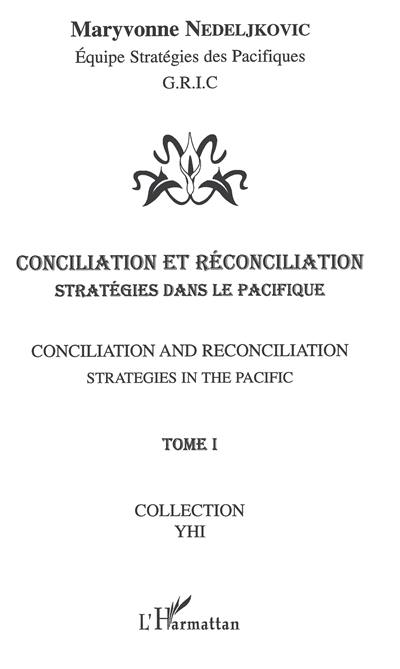
Fiche technique
Format : Broché
Nb de pages : 283 pages
Poids : 350 g
Dimensions : 14cm X 22cm
ISBN : 978-2-296-05189-8
EAN : 9782296051898
Quatrième de couverture
Conciliation et réconciliation
Stratégies dans le Pacifique
Les auteurs de cet ouvrage ont tous été en contact avec divers milieux autochtones ou diverses personnalités d'origine tribale ou ethnique dans les pays mentionnés : Australie, Nouvelle-Zélande, Philippines, Zimbabwe, États-Unis. Certains chercheurs sont eux-mêmes issus de communautés ethniques spécifiques. Ainsi l'écrivain australien Herb Wharton, qui appartient à la communauté Kooma (Cunnamulla-QLD, Australie), est considéré dans son pays comme l'ambassadeur des écrivains aborigènes d'Australie ; il se considère « citoyen du monde » selon sa propre expression ; il est aussi le pourfendeur des injustices et des inégalités et il dénonce avec humour, mais sans ambages, les erreurs commises par les politiques de son pays à rencontre de son peuple. Il reconnaît dans le même temps les bienfaits dont ont bénéficié les siens : l'humanité et l'ouverture d'esprit de certains Australiens. Tracey Tawhiao, artiste Maori, ethniquement reliée aux Ngai Te Rangi (île Matakana), Tuwharetoa, Taumaranui et Whakatohea a un discours toujours nuancé et sa conception innovante du rôle des musées maoris voudrait faire revivre la richesse éthique des biens maoris. De même, Ann Sullivan, professeur de Science politique à l'université d'Auckland, membre de la tribu Nga Puni, (nord de la Nouvelle-Zélande), explique comment le gouvernement néo-zélandais a légiféré de façon à nier aux Maoris le droit d'intenter des procès afin de faire reconnaître leurs droits coutumiers. Elle rappelle que les Nations unies ont condamné l'État néo-zélandais pour traitement discriminatoire des Maoris. Là encore, analyse pondérée et nuancée. Quant aux Philippines, l'apport hispanique y a créé un pont culturel entre l'Amérique latine et l'Asie du Sud-Est. Une réconciliation authentique est envisageable si une compréhension interculturelle et une inclusion économique sont délibérément instituées comme politique d'État.
All contributors have been in touch with the citizens of various ethnic origins in the countries which are under study : Australia, New Zealand, the Philippines, Zimbabwe, the USA. Some contributors are themselves of tribal origins which they put in thz fore with pride. Herb Wharton, of the Kooma tribe (Cunnamulla, QLD, Australia) is presented by his fellow citizens as the Ambassador of Australian Aboriginal peoples and calls himself « a citizen of the worid ». He is the scourge of the many wrongs native peoples in Australia have been submitted to ; he puts them in the fore with humour, without beating around the bush so to speak ! Tracey Tawhiao, a Maori artist, who is related to the Ngai Te Rangi (Matakana Island), Tuwharetoa, Taumaranui et Whakatohea, has a personal approach of the rôle Museums should play. In her own words « the old is here to grant new life, not take life away from the tohunga, the carver or weaver of today. The old is here to inspire the new, like healthy compost does for any young tree. » She would like to generate an authentic art movement « to Revive the Indigenous Psyche ». Dr Ann Sullivan is Nga Puhi, a member of one of the northen Maori tribes of New Zealand. A political Scientist she examines New Zealander public policy with an emphasis on legal decisions which wronged Maori customary rights as was denounced by the United Nations. Her analyses are always well-balanced and fair to all parties involved. In the Philippines, which are at a crossroads of different cultures, the Spaniards marked the most the national culture shaping a cultural bridge connecting South East Asia and Latin America. To conclude, mutual national understanding could develop if governments officialIy initiated cultural policies of reciprocity and economic policies of inclusion.





